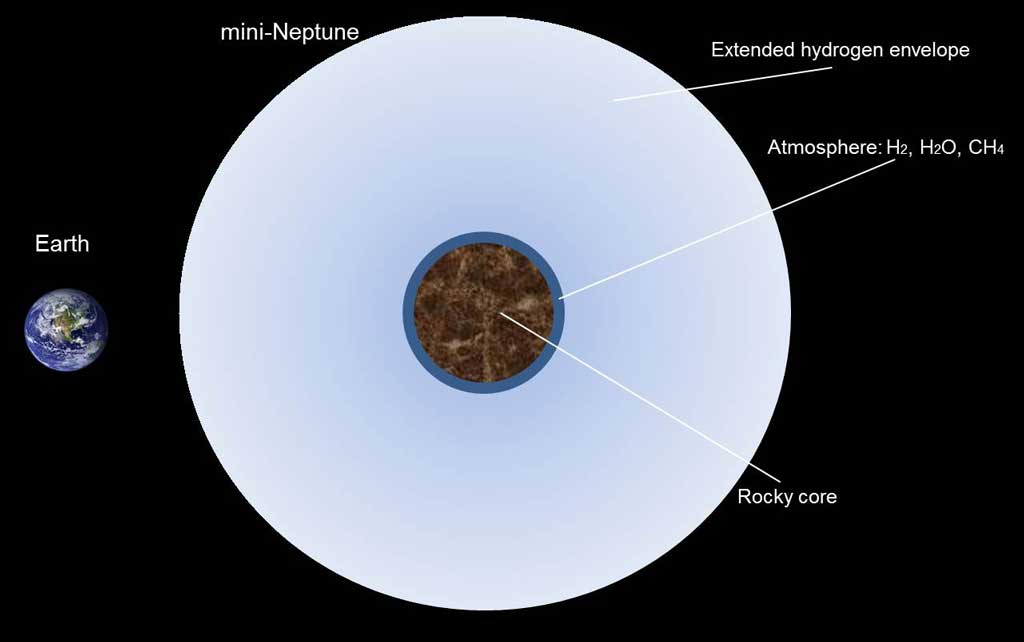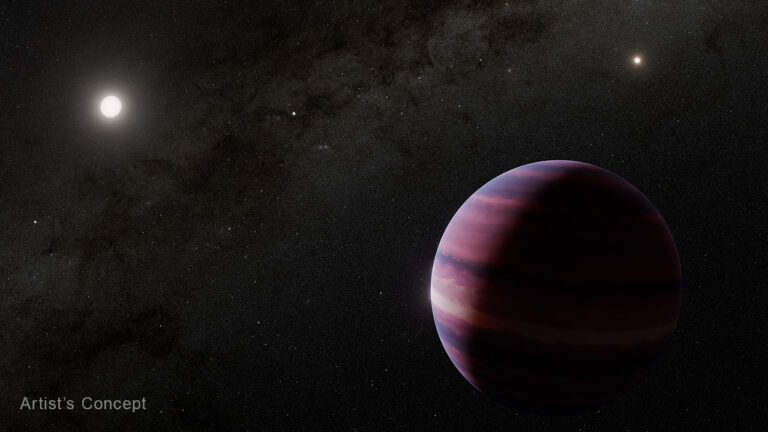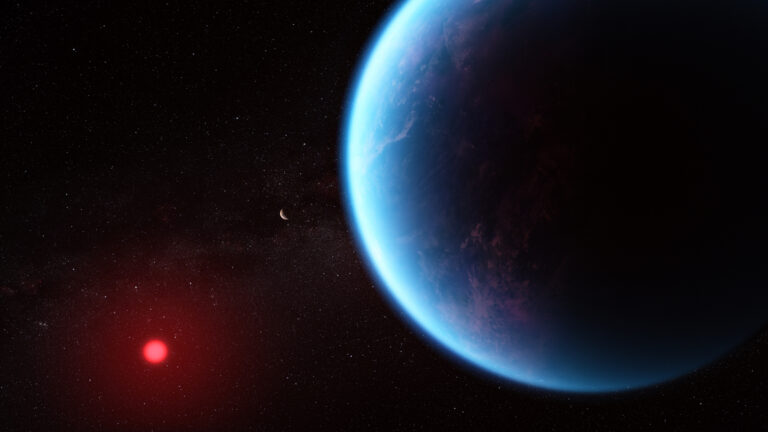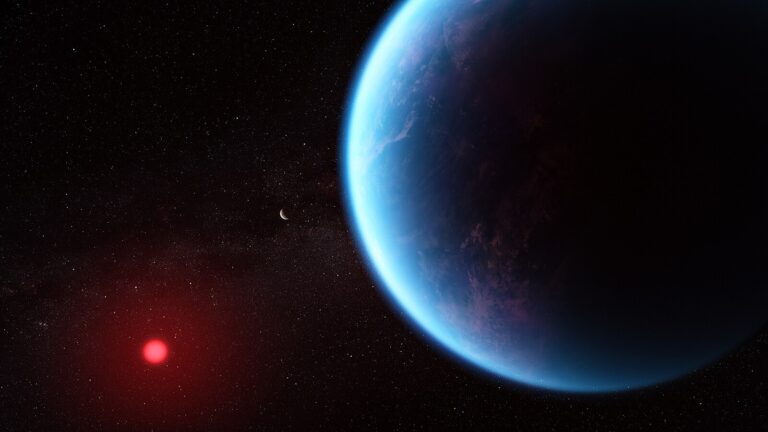Key Takeaways:
Super-Earths follow a different evolutionary track from the planets found in our solar system, but the question is whether they can evolve to become rocky bodies like the terrestrial planets Mercury, Venus, Earth, and Mars. To try to answer this, Lammer and his team looked at the impact of radiation on the upper atmospheres of super-Earths orbiting the stars Kepler-11, Gliese 1214, and 55 Cancri.
These planets are each a few times more massive and slightly larger than Earth and orbit close to their respective stars. The way in which the mass of planets scales with their sizes suggests that they have solid cores surrounded by hydrogen or hydrogen-rich atmospheres, probably captured from the clouds of gas and dust — nebulae — from which the planets formed.
The new model suggests that the short wavelength of extreme ultraviolet light — much bluer than the blue light we see with our eyes — of the host stars heats up the gaseous envelopes of these worlds so that they expand to several times the radius of each planet, and gas escapes from them fairly quickly. Nonetheless, most of the atmosphere remains in place over the whole lifetime of the stars that they orbit.
“Our results indicate that although material in the atmosphere of these planets escapes at a high rate, unlike lower-mass Earth-like planets, many of these super-Earths may not get rid of their nebula-captured hydrogen-rich atmospheres,” said Lammer.
Rather than becoming more like Earth, the super-Earths may more closely resemble Neptune, which together with Uranus is a smaller “gas giant” in our solar system. If the scientists’ results are right, then super-Earths farther out from their stars in the “habitable zone,” where the temperature would allow liquid water to exist, would hold on to their atmospheres even more effectively. If that happens, they would be much less likely to be habitable.










